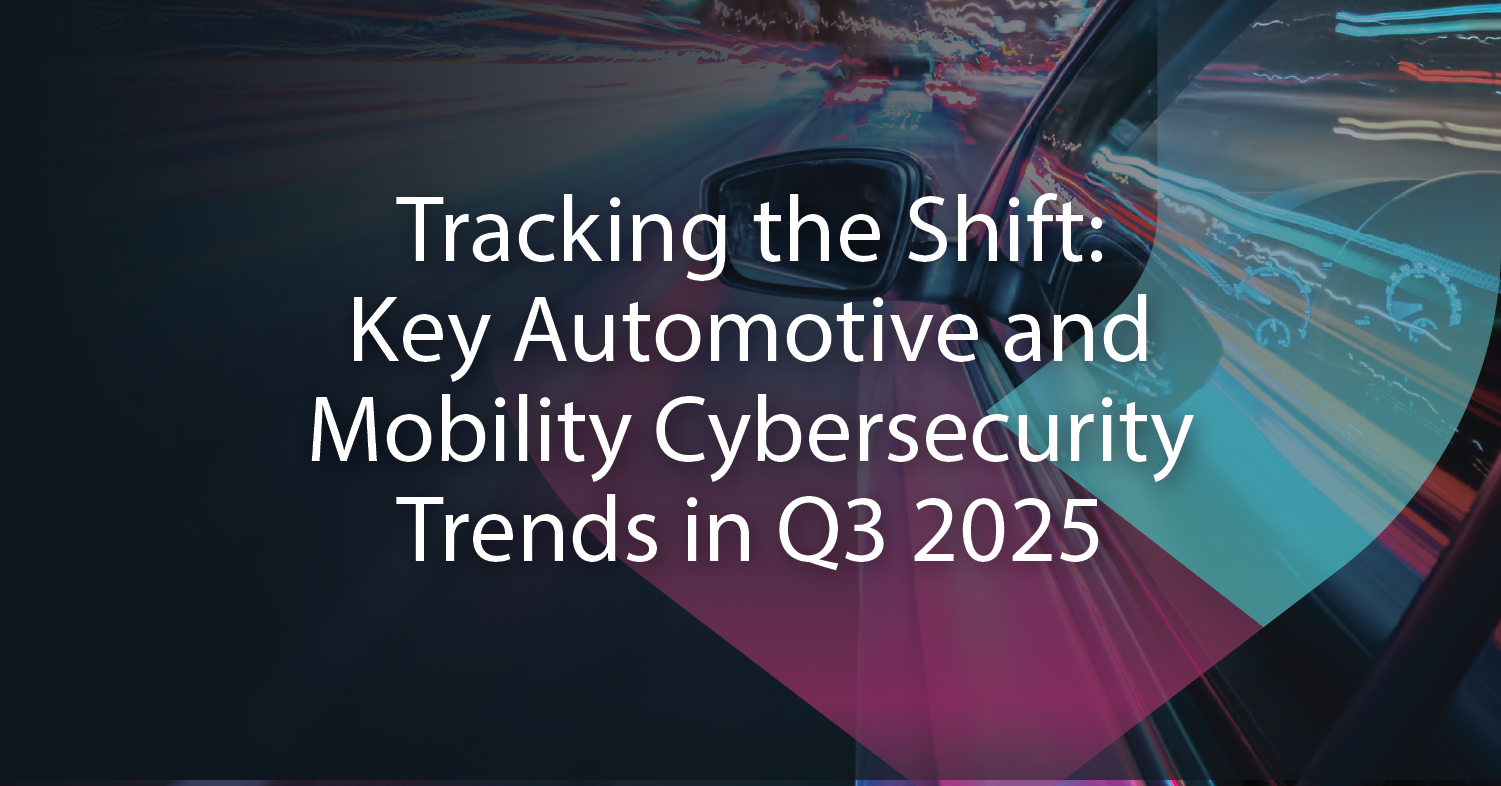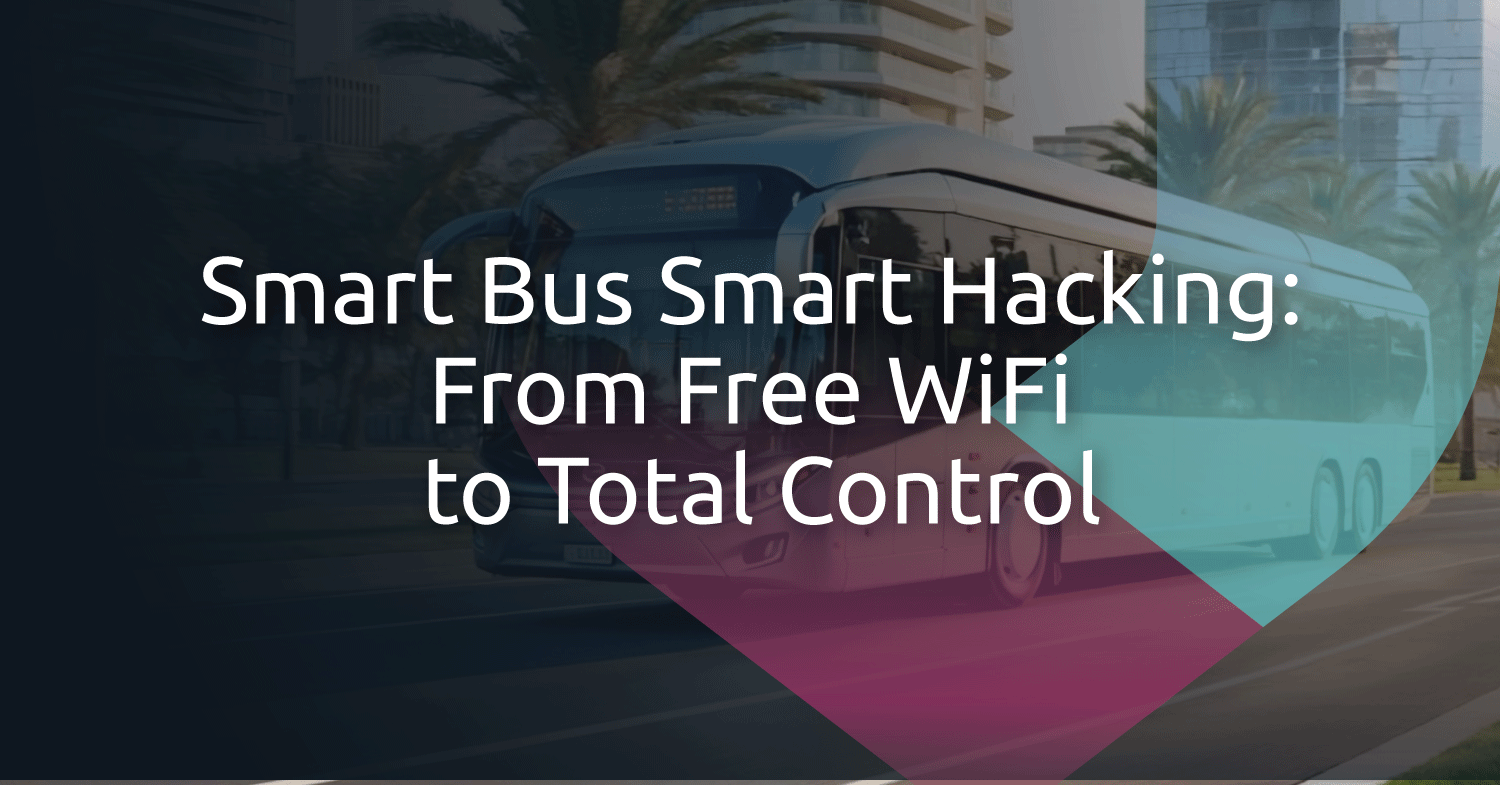
When Security Becomes a Single Point of Failure: Lessons for Car OEMs
December 12, 2025An analysis of the recent immobilization incident affecting a luxury car brand: what happened, what likely didn’t, and how car manufacturers can prevent anti-theft systems from compromising vehicle availability and safety.
 CyberThreat Research Lab
CyberThreat Research LabNot If, But When: Cybersecurity Risks in EVSE Infrastructure
November 14, 2025VicOne and the American Center for Mobility (ACM) examine the evolving threat landscape of electric vehicle supply equipment (EVSE) and outline strategies to secure the grid edge.
 CyberThreat Research Lab
CyberThreat Research Lab
VicOne Situational Awareness Report: Cybersecurity in the Automotive, Transportation, and Logistics Sectors in Q3 2025
October 31, 2025VicOne shares key insights from its Q3 2025 Situational Awareness Report on cybersecurity in the automotive, transportation, and logistics sectors.
 CyberThreat Research Lab
CyberThreat Research Lab
From Fob to Phone: How CCC Digital Key 4.0 Shapes Automotive Cybersecurity
September 12, 2025The recently announced CCC Digital Key 4.0 marks a pivotal step in balancing innovation and security for connected vehicles. We explore its new features, broader trends, and its impacts on automotive cybersecurity.
 CyberThreat Research Lab
CyberThreat Research Lab
Securing Smart Transit: Lessons from a DEF CON Bus Hacking Demo
September 5, 2025A bus hacking demo revealed how attackers could use a bus’s guest Wi-Fi to access and compromise critical systems, underscoring the need for stronger automotive cybersecurity in smart transit systems.
 CyberThreat Research Lab
CyberThreat Research Lab
Mapping the Connected Car’s Attack Surface: An OSINT Framework for Automotive Threat Intelligence
August 28, 2025In this blog, we present a systematic OSINT-driven methodology, one that aligns with the Auto-ISAC Automotive Threat Matrix (ATM) and is tailored for automotive threat intelligence. This approach enables security researchers and car manufacturers to map the continually expanding attack surface of connected vehicles.
 CyberThreat Research Lab
CyberThreat Research Lab
Electric Vehicle Charger Security Risks: How Vulnerabilities Could Lead to Fire Hazards
August 26, 2025At Black Hat USA 2025, security researchers revealed how vulnerabilities in EV chargers could cause charging cables to overheat and burst into flames. Their findings underscore the urgent need for stronger safeguards and hardware protection to ensure the safety of these devices.
 CyberThreat Research Lab
CyberThreat Research Lab
From Pwn2Own Automotive 2025: Unpacking the Tesla Wall Connector Exploit Chain and Its Broader Cybersecurity Implication
August 5, 2025We analyze the exploit chain used against the Tesla Wall Connector EV charger at Pwn2Own Automotive 2025, mapping it to the Automotive Threat Matrix and exploring its broader implications for automotive cybersecurity.
 CyberThreat Research Lab
CyberThreat Research Lab
Phishing Beyond Emails: How Compromised Installers Threaten Automotive Software Supply Chains
July 23, 2025We examine how a signed Windows installer was used to deploy Redline Stealer malware, successfully bypassing traditional defenses. The incident reveals critical blind spots in automotive cybersecurity and highlights the need for zero-trust principles across the entire software supply chain.
 CyberThreat Research Lab
CyberThreat Research Lab
CVE-2025-6019: A Privilege Escalation Flaw With Implications for AGL and the Future of SDVs
June 25, 2025A recently disclosed Linux flaw shows how seemingly ordinary bugs are starting to affect software-defined vehicles (SDVs). We unpack CVE-2025-6019, its impact on Automotive Grade Linux (AGL), and what it means for in-vehicle cybersecurity.
 CyberThreat Research Lab
CyberThreat Research Lab
Replicating RAMN Using a Single STM32 Board: A Hands-On Exploration
May 26, 2025Replicating the core functions of a full-scale Resistant Automotive Miniature Network (RAMN) using just a single STM32 board is a practical, cost-effective way to dive into advanced in-vehicle networking. In this hands-on guide, we run through the step-by-step setup, enabling engineers and enthusiasts alike to prototype resilient automotive communication systems with minimal hardware.
 CyberThreat Research Lab
CyberThreat Research Lab
LockBit Ransomware Group Data Leak: Implications for Automotive Cybersecurity
May 21, 2025A recent breach of the LockBit ransomware group exposed chat logs, offering a rare inside look at how victims were targeted and extorted. Automotive companies featured prominently among those attacked. We unpack the key findings and outline practical steps that automotive companies can take to block LockBit attacks or similar incidents.
 CyberThreat Research Lab
CyberThreat Research Lab
